‘The dancers are fools; the spectators are fools, both fools alike, so why not dance?’ The English translation to the famous and joyful Awa Odori song Yoshikono will be reverberating in your ears long after you attend this festival. And why not dance? Surrounded by so much happiness and cultural celebration, it’s difficult to resist.
Where Can You Experience Awa Odori?
Many large Awa Odori festivals take place throughout Japan in the warm summer months. If your searching for a truly unique and local Japanese cultural experience, Yamato City’s Awa Odori festival will not disappoint. Located in Kanagawa Prefecture (神奈川県), the Yamato Awa Odori takes place over 2 days in July. This local festival will allow you to become fully immersed in this experience whilst surrounded by thousands of performers and local spectators.
The Awa Odori festival is said to have its origins in the Bon Odori (盆踊り), a Japanese Buddhist celebration where the souls of deceased relatives are said to visit the living. The dance that is performed during the festival has its roots in the Nenbutsu Odori which dates back to the Kamakura period (1185-1333). The distinctive dance is believed to be further influenced by the Kumi Odori, a lively dance performed at times of harvest. This energetic and buoyant style of dance is performed throughout the days of the festival, with spectators being actively encouraged to take part.
I happened to stumble on the Yamato City Awa Odori festival (大和阿波おどり) by chance. One evening in a local bar, the owner asked if I was attending the festival the following day. Having never heard of it, he passionately described the event and heartily encouraged me to attend. With no firm plans for the weekend and a passion for learning more about Japanese culture, I attended the Yamato Awa Odori festival for my first time.
Choosing Your Observation Point
With the dance festival starting at 13:00 I arrived at Yamato station an hour early. There was an electric ambiance in the air. Local community members of all ages were eagerly exploring the festival food stalls which lined the main square outside of the train station. A wide range of festival food which included yakitori (焼きとり, meat on a stick), yakisoba (焼きそば, grilled buckwheat noodles) chocolate-covered bananas, grilled fish, and my favorite, takoyaki (たこ焼き, savory battered balls with octopus). It was also here that I first tried the delicious buttery jagabata (じゃがバタ). This simple festival food of grilled and fried potato in butter has now become a must-have for me whenever I go to Japanese festivals.
The dance festival follows a route through the streets of Yamato city with spectators sat at the sides of the road, which are closed to vehicle traffic. Maps and a timetable for the dances were available but only in Japanese. However, it was very easy to find the routes, I just followed the festive crowds. Arriving at the location, many families had already set up with picnic tables, chairs, and tables on the pavement. Despite the crowds, it was easy to find a space sitting on the curb. I sat eagerly waiting for the dances to start and shortly after 13:00 I heard the sound of instruments and singing down the street. As the music, singing and the rhythmic sounds of the geta (Japanese wooden sandals) tapping on the concrete became louder, the first set of dancers came into view.
The Awa Odori Dance
The day dance which is quite polished and coordinated is called the Nagashi. The first dance group that arrived (known as Ren 連) was a tightly woven group of women dressed in beautifully coordinated kimono and distinctive half-moon shaped hats called Amigasa. Their voices sang in perfect harmony, their getas stomped in unison and their movements all flowed as one. They were closely followed up by a male group who again danced and sang in unison however their dance style and postures was distinctly different. The rhythmic manner in which they made triangles with their hands and flicked their wrists became hypnotic to watch. The male dancer’s physical separation from each other was in contrast to the tight formation of the previous women’s dance but each style complemented each other flawlessly.
Then began a seemingly endless parade of colour and sound as single and mixed-gender Rens danced on by. Each style of kimono that passed by was as beautiful as the previous one. The crowd’s energy flowed in waves as the various bands played the traditional Japanese instruments of the shamisen, taiko drums, shinbone flute and the Kane bell. It was endearing to watch the young performers learning how to perfect their dance as they performed and watching the adults demonstrate their perfected skills and craft, it was simply spectacular.
As the day transitioned into the night the dance called the Zomeki began and the atmosphere increased in vigour. The previously highly coordinated style gave way to a much more boisterous dance and the energy of the performers was easily matched with the cheers and excitement of the crowd. It was here that I saw some Ren performing the Yakko Odori or Kite dance. These larger troops had one performer who was dressed in a gold costume and ran up and down the street to rapturous applause performing somersaults, cartwheels and handstands.
As the evening performances reached a crescendo, the crowds began joining in dancing in the street. My friend and I couldn’t resist joining in also. The performances ended sometime around 21:00 but the festival was far from over.
How Long Does an Awa Odori Festival Last?
After the dances had ended the festival atmosphere continued in the city. Joyous crowds hung around the main square of Yamato enjoying the festival food and drinks. It was a great opportunity to meet local people and join in with the celebration. Wanting to preserve some energy for the following day I left the festival shortly before midnight but I’m sure the festivities carried on until the early hours.
The following day of the festival was equally as enjoyable as the first. On this day we chose to observe the dances down one of the smaller side streets, not far from where we sat the previous day. Being in a smaller space the sounds bounced around the streets giving a different experience. Seeing the dance groups again filled me with equal amounts of excitement and jubilation as the previous day and it wasn’t long until I was joining in with crowds.
My experience of attending the Yamato Awa Odori festival was one of my summer highlights. Taking place in a smaller city I was able to get fully immersed in the festivities. For people looking for a unique Japanese cultural experience, attending this festival will not disappoint.
This website will provide you with the most up to date information regarding the festival.
How To Get to the Yamato Awa Odori
Yamato city can be accessed by taking the Odakyu line from Shinjuku station, Tokyo. The express train takes around 50 minutes.
Alternatively, if travelling from Yokohama you can take the Sotetsu line directly to Yamato in around 20 minutes (rapid express service)
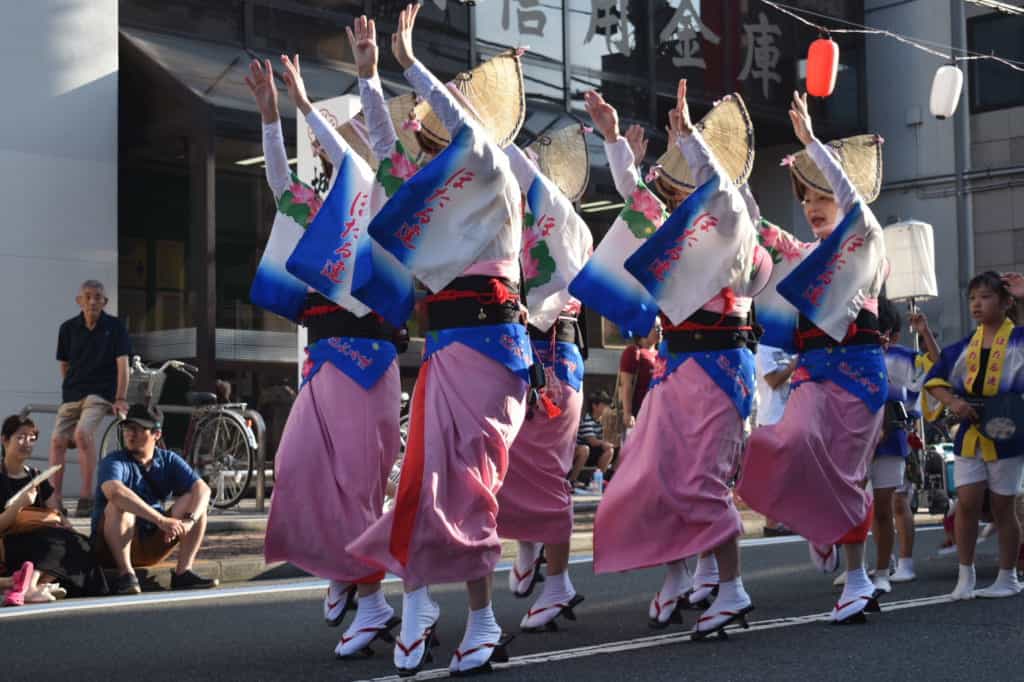
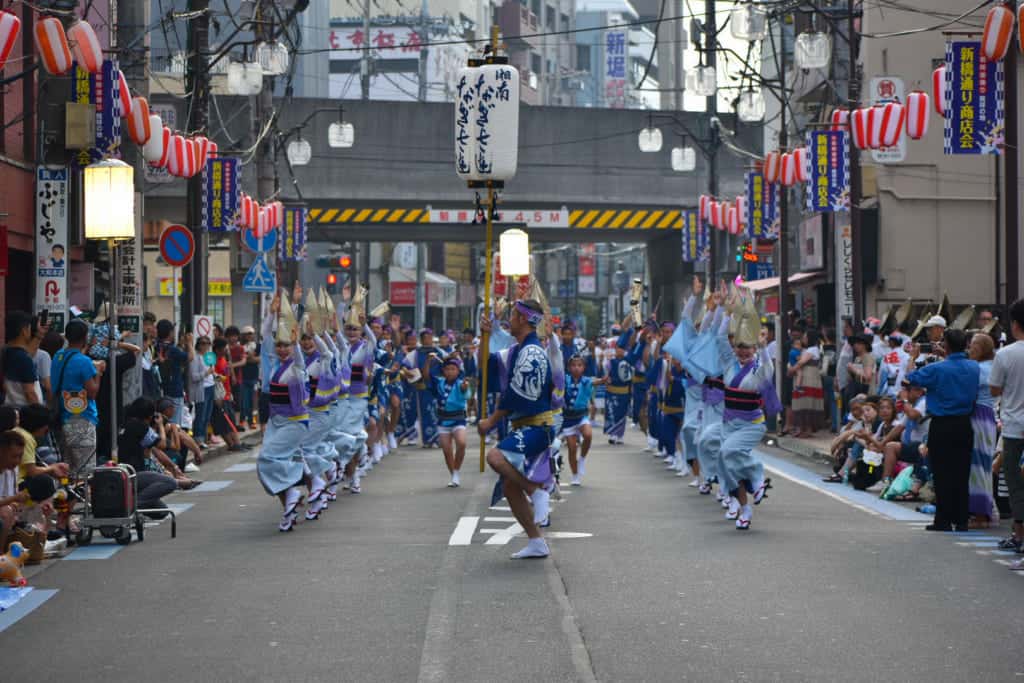
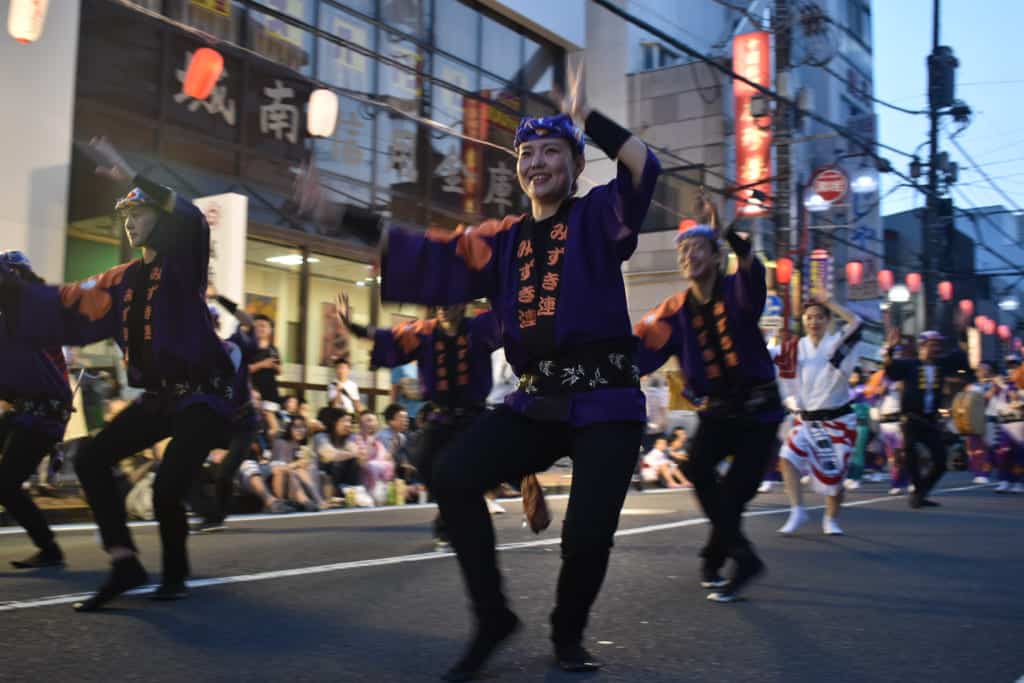
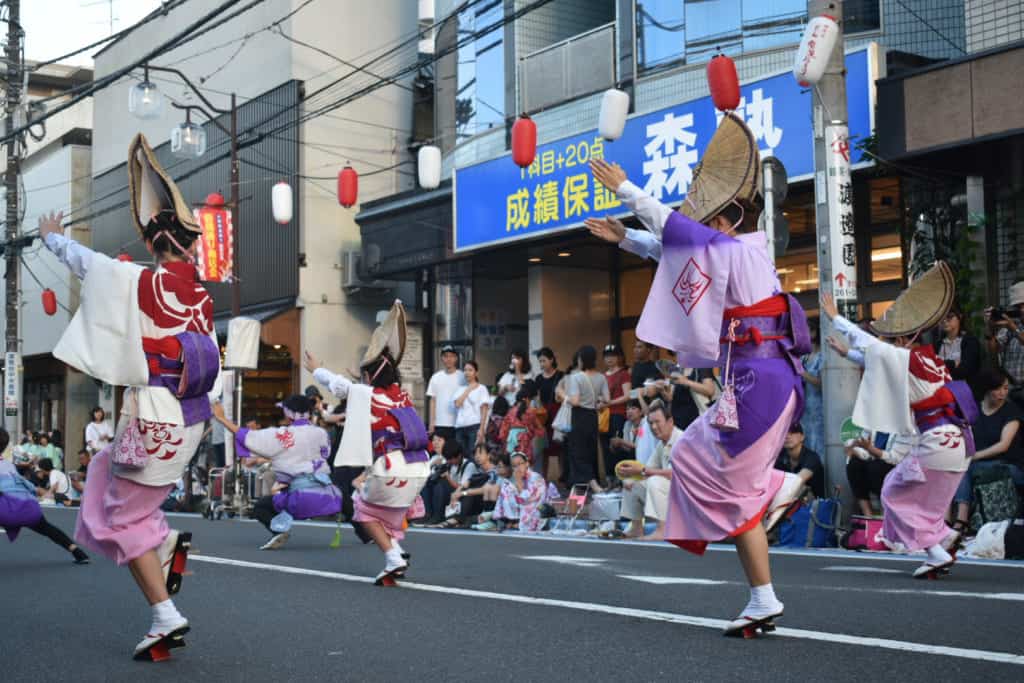
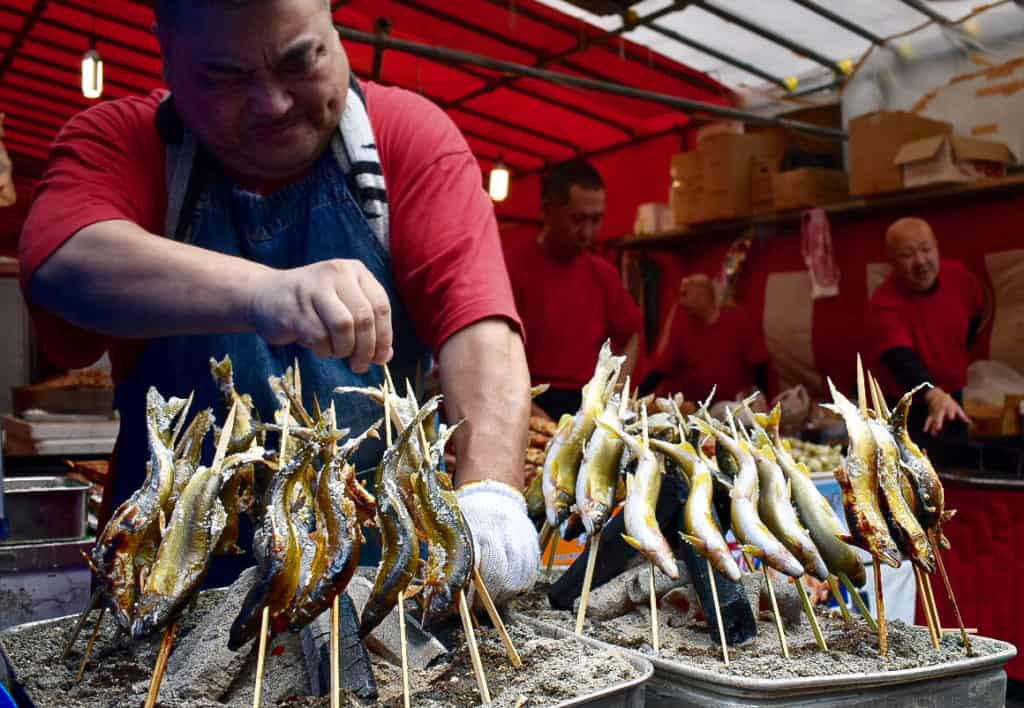
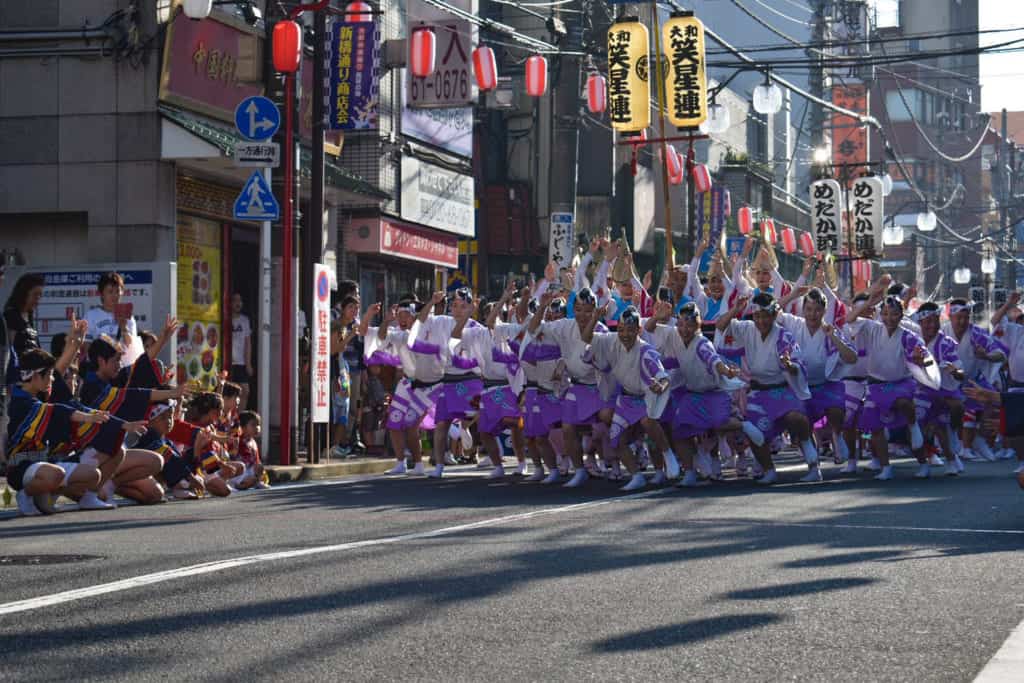
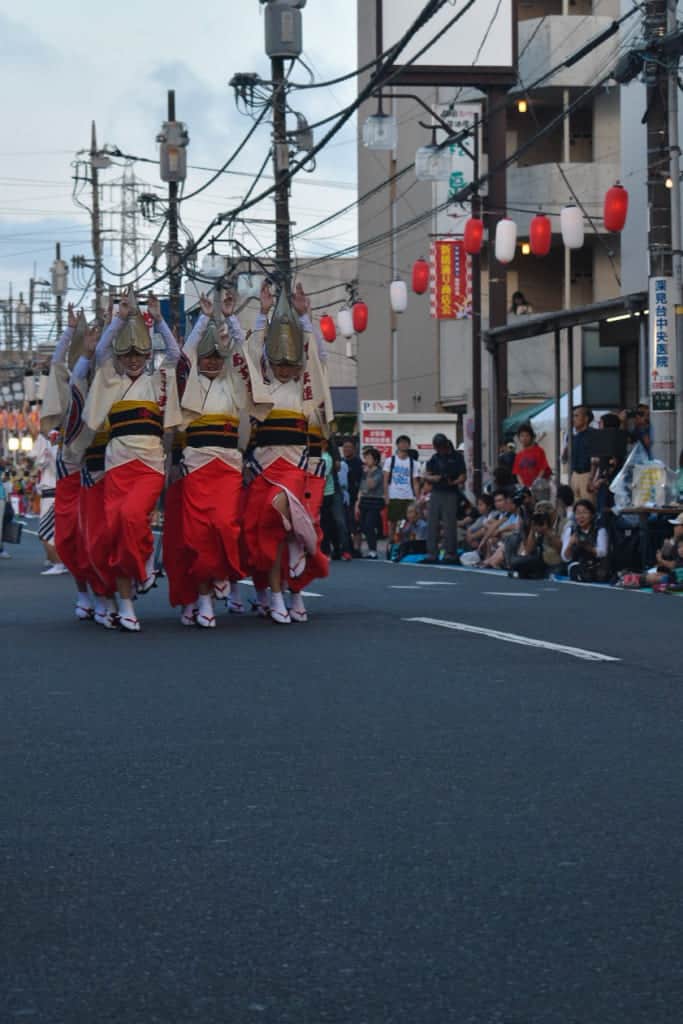
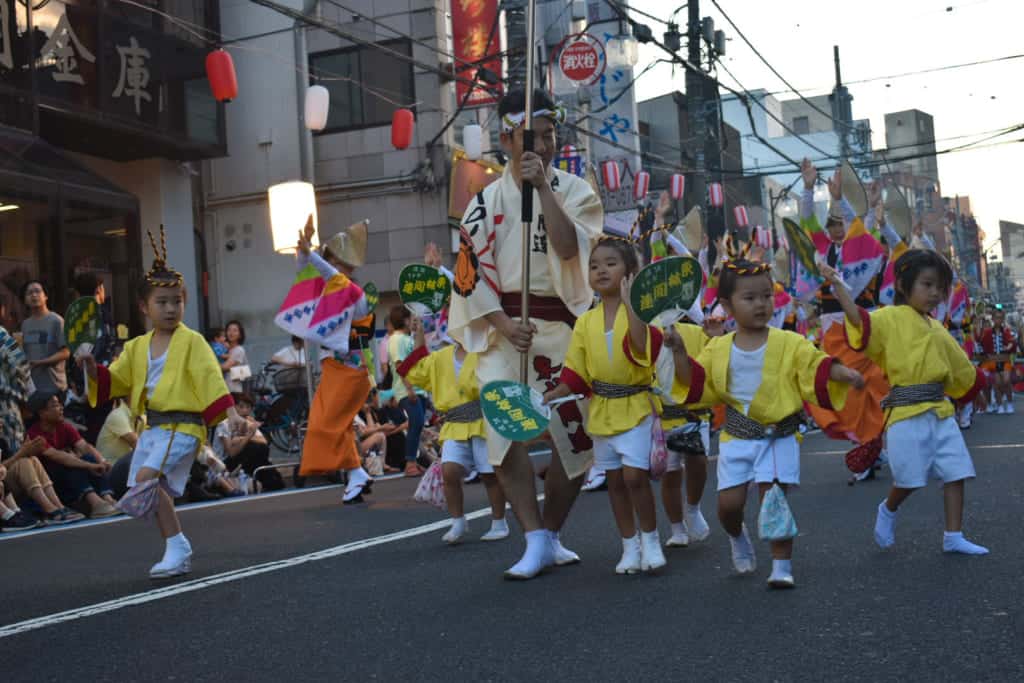
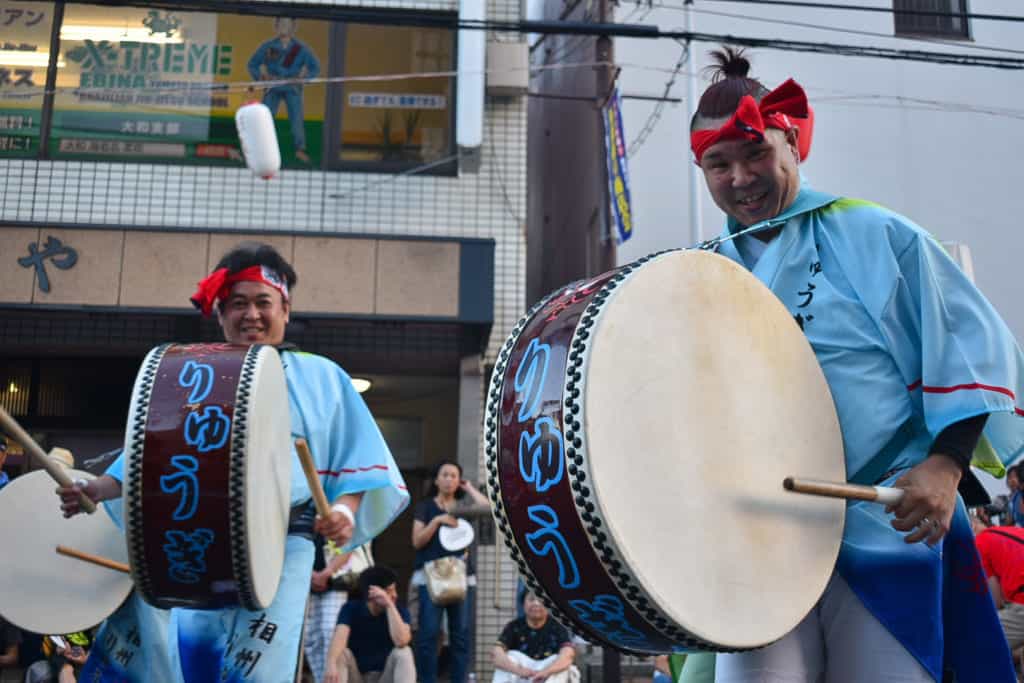
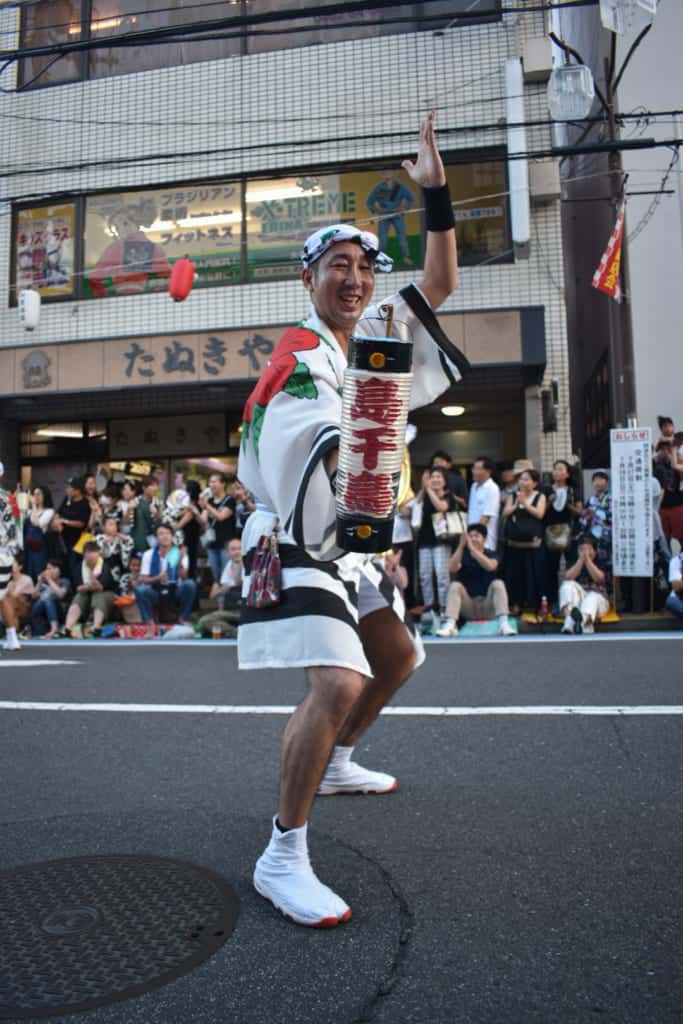
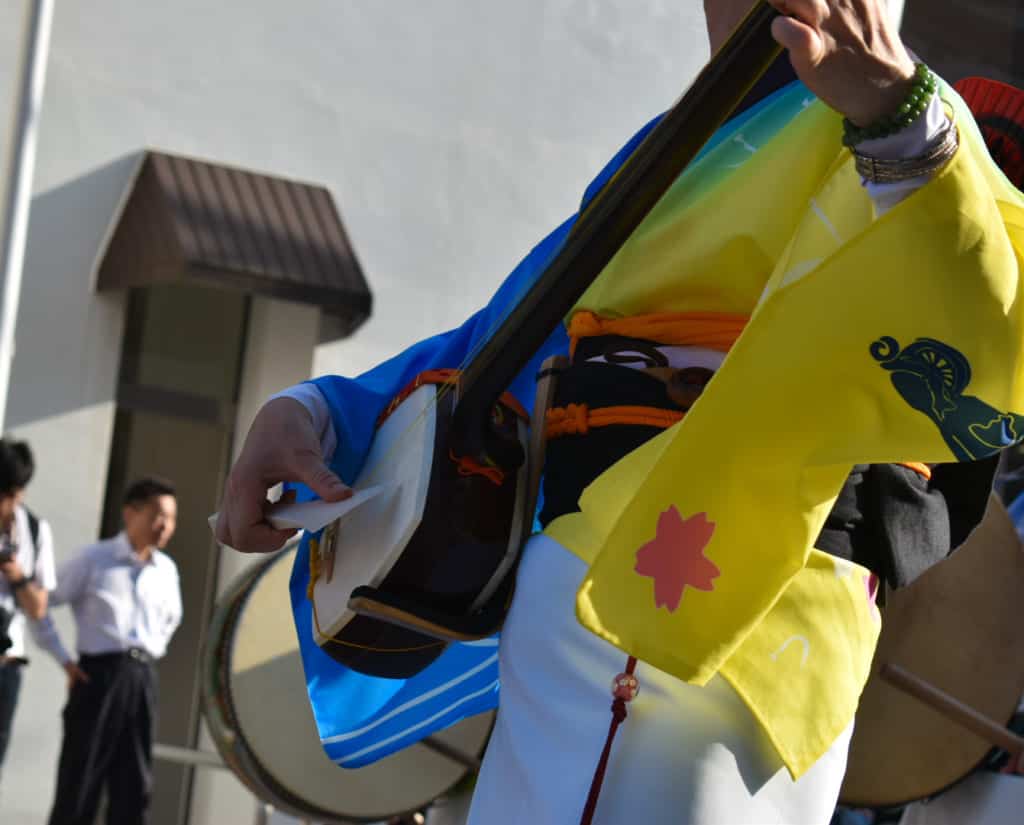
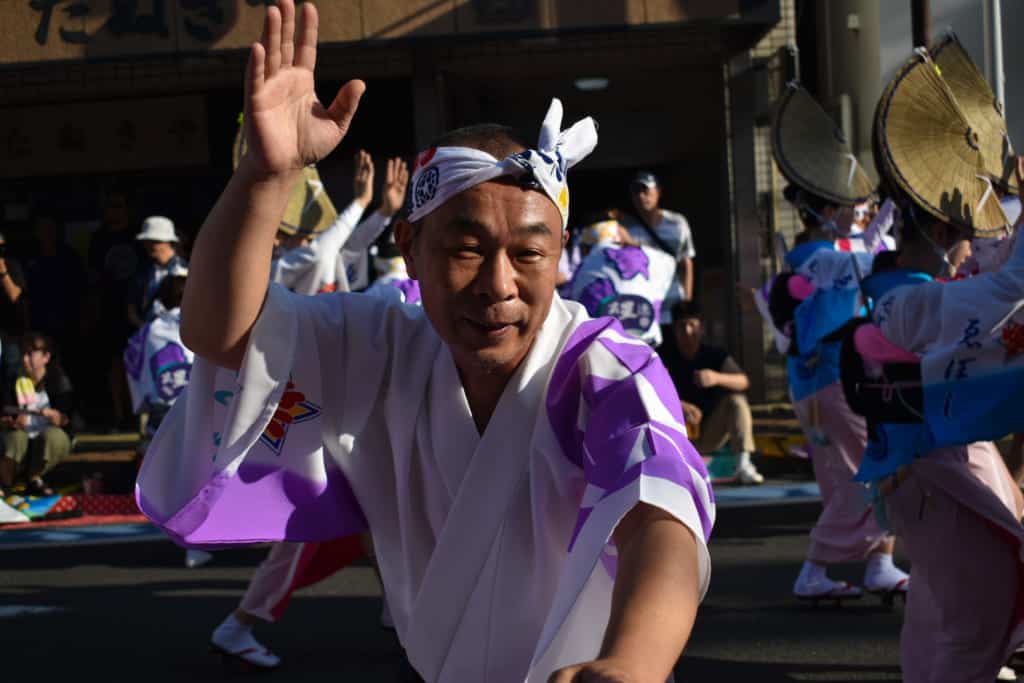
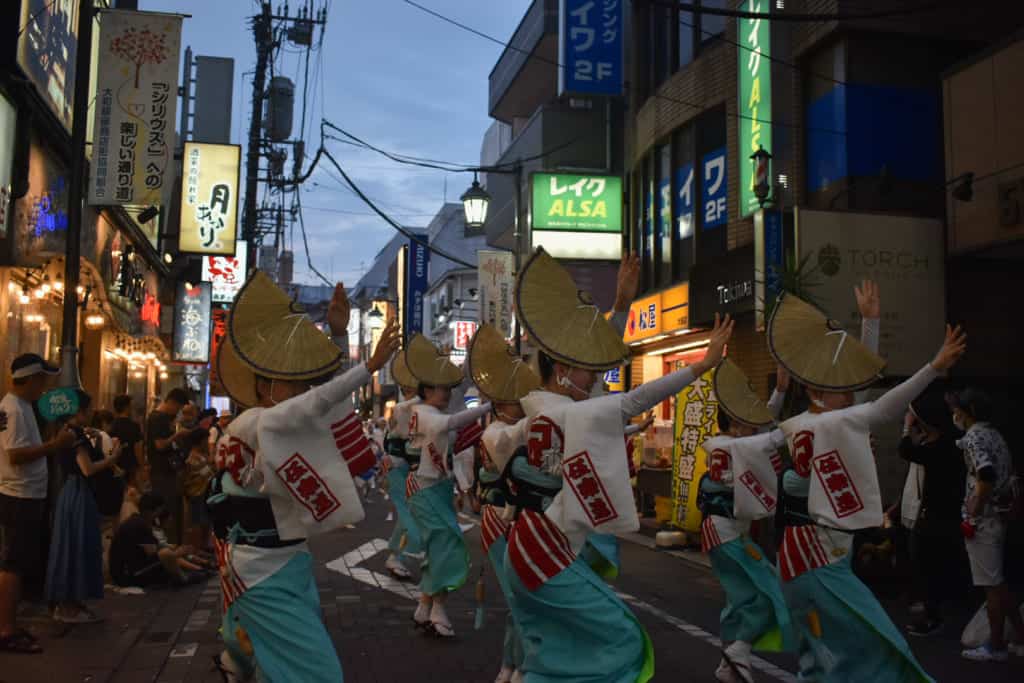
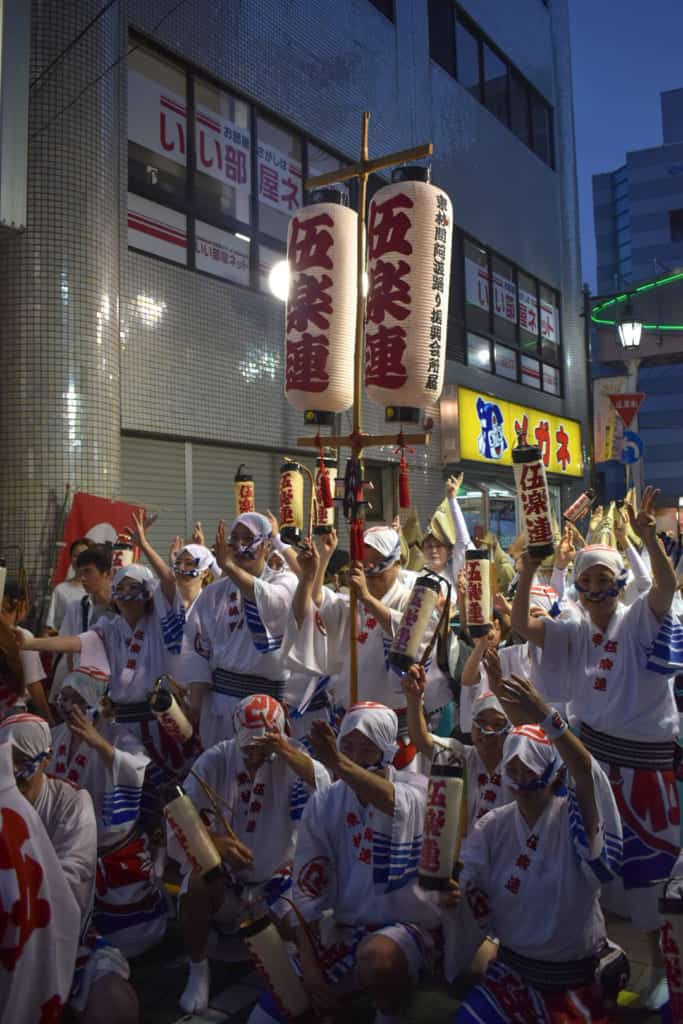
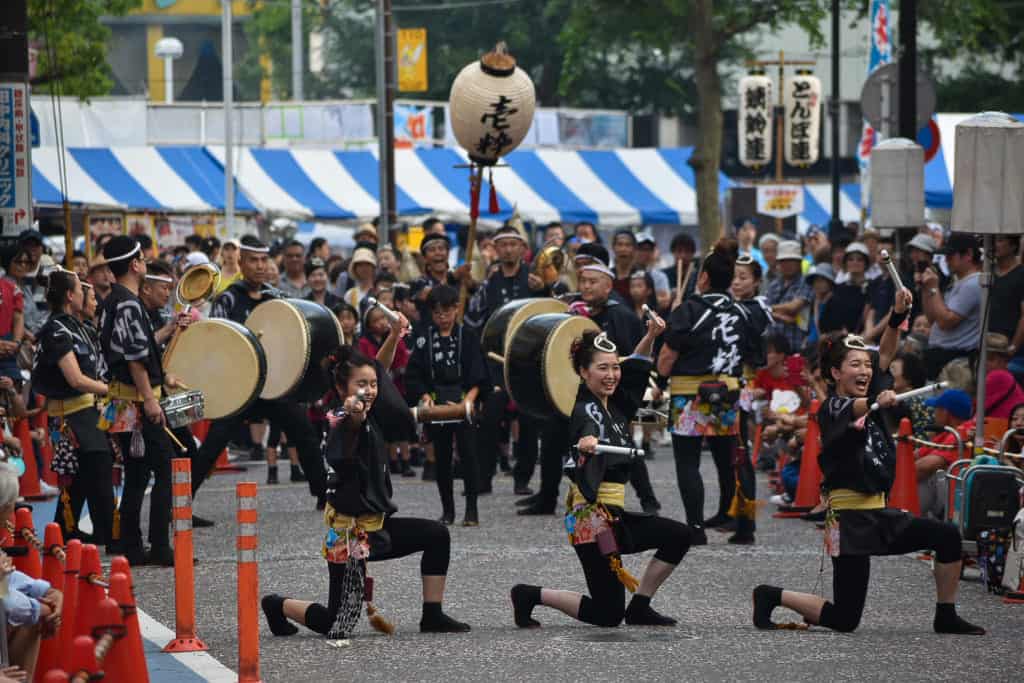
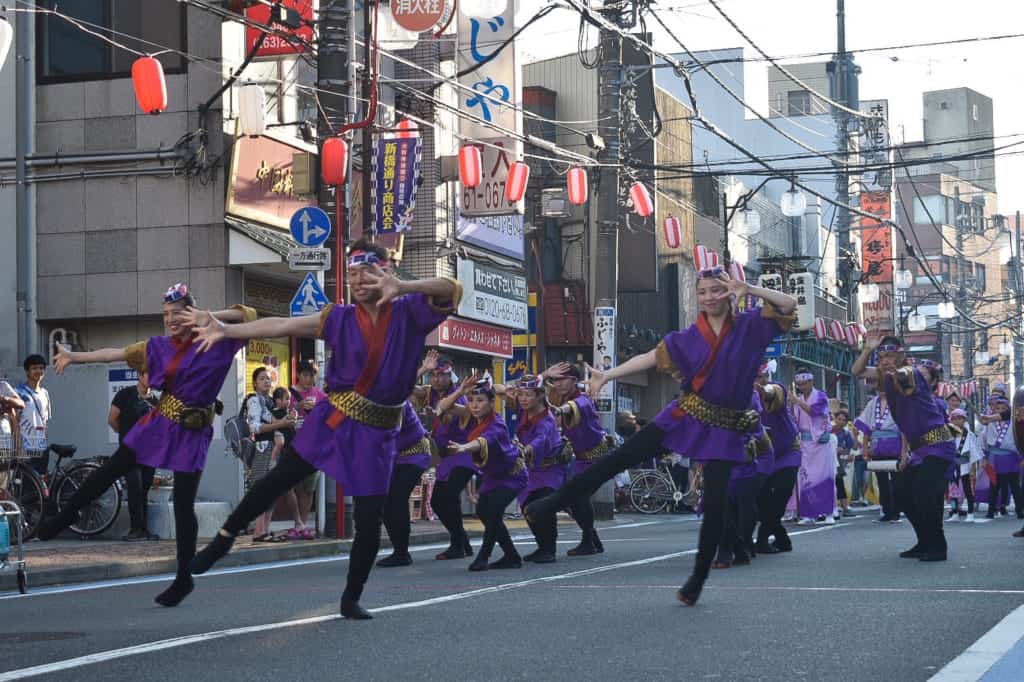

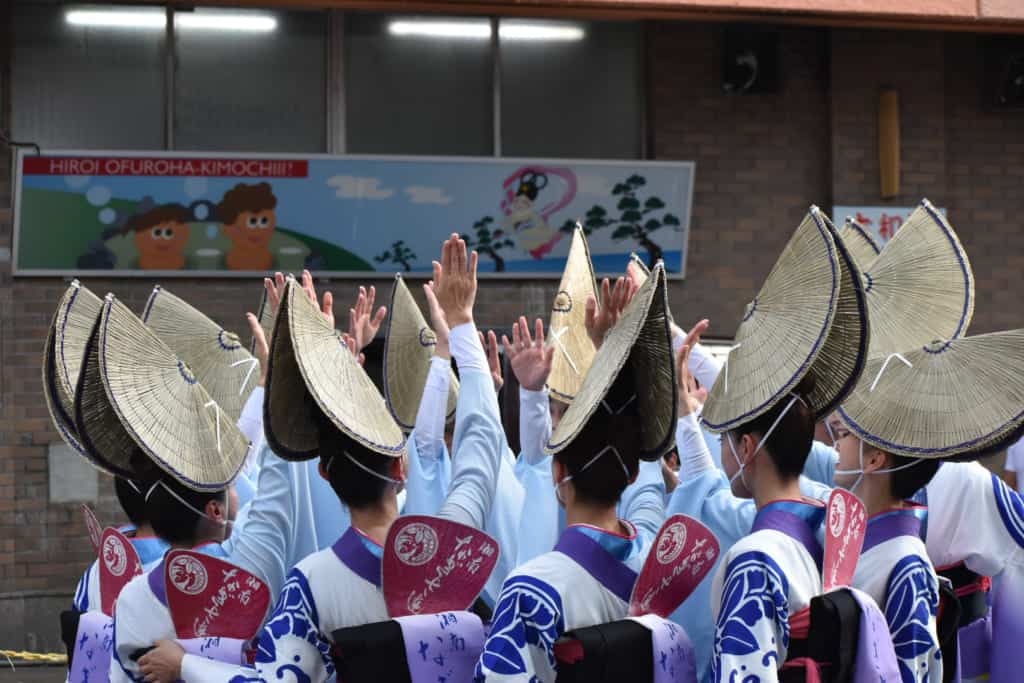
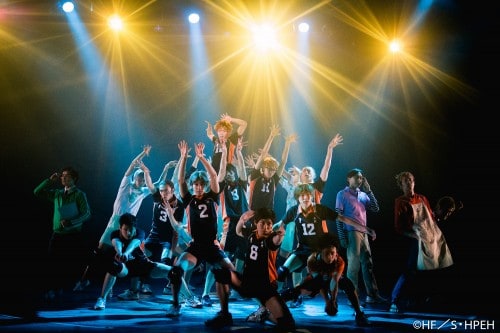
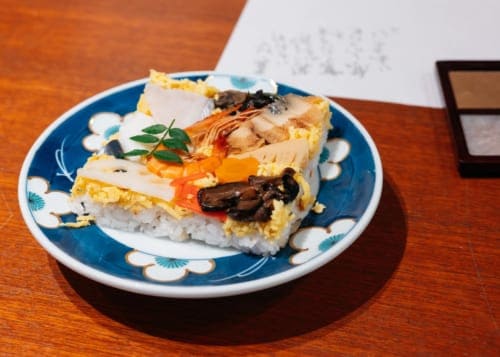
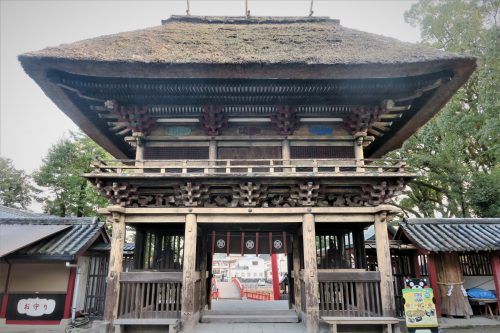
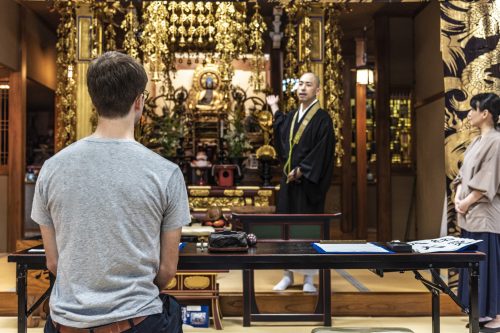
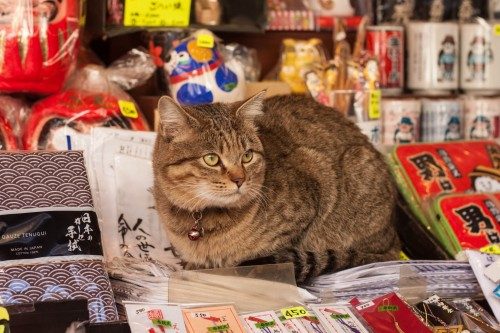


No Comments yet!